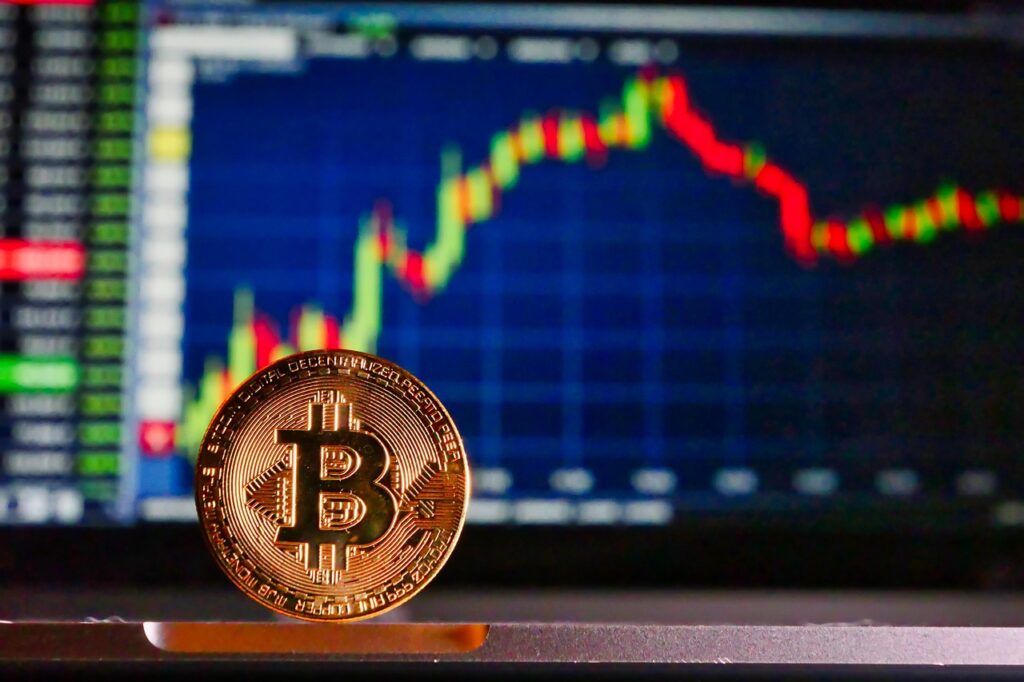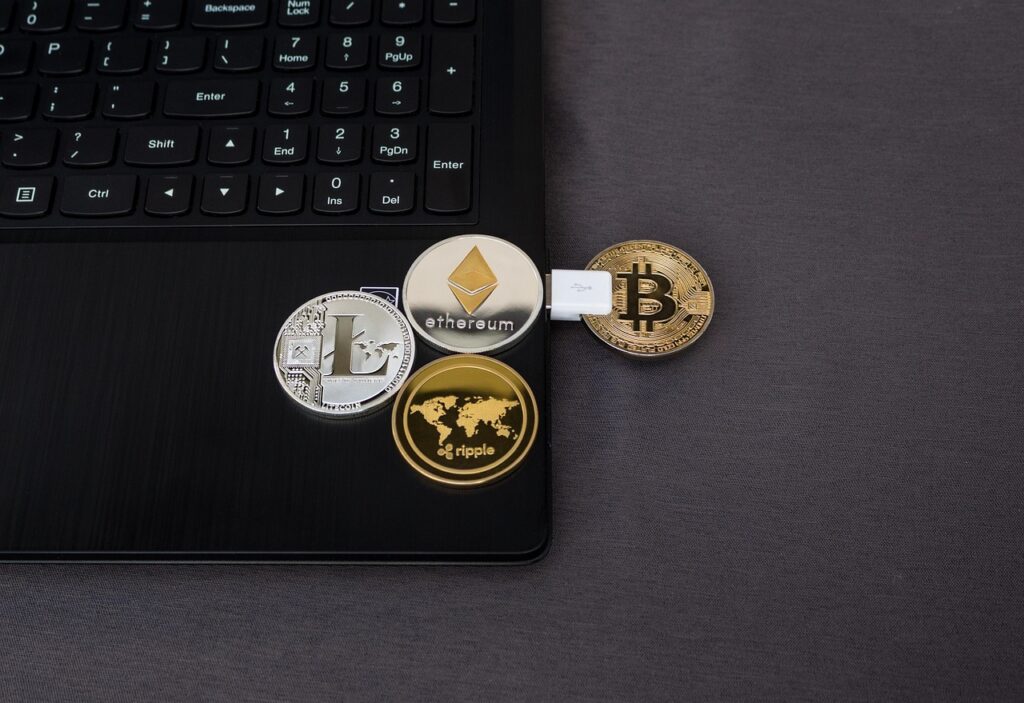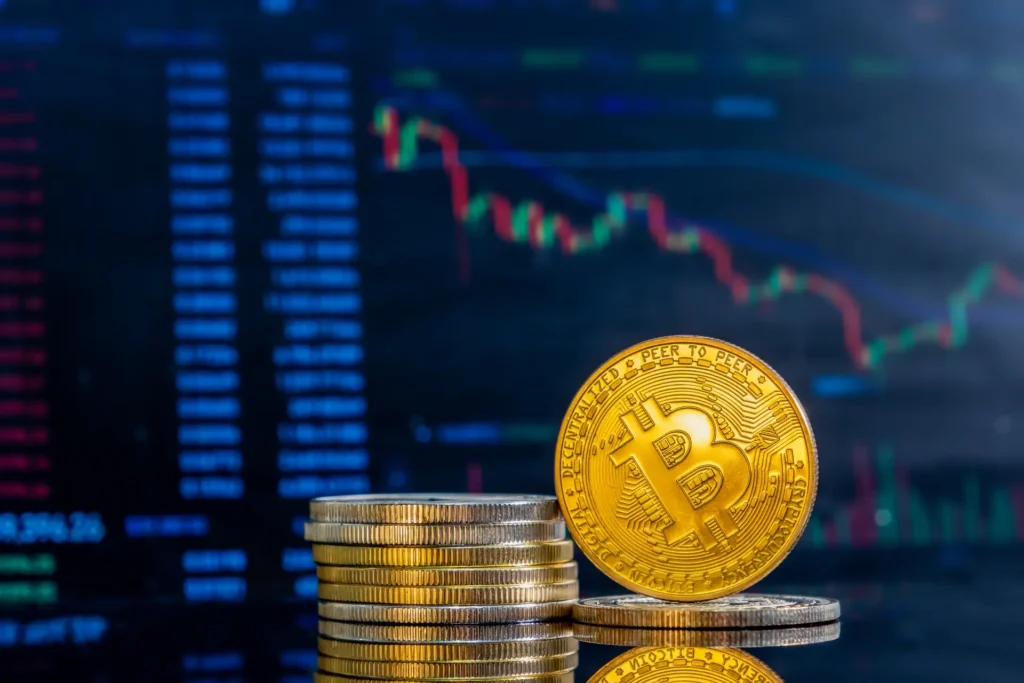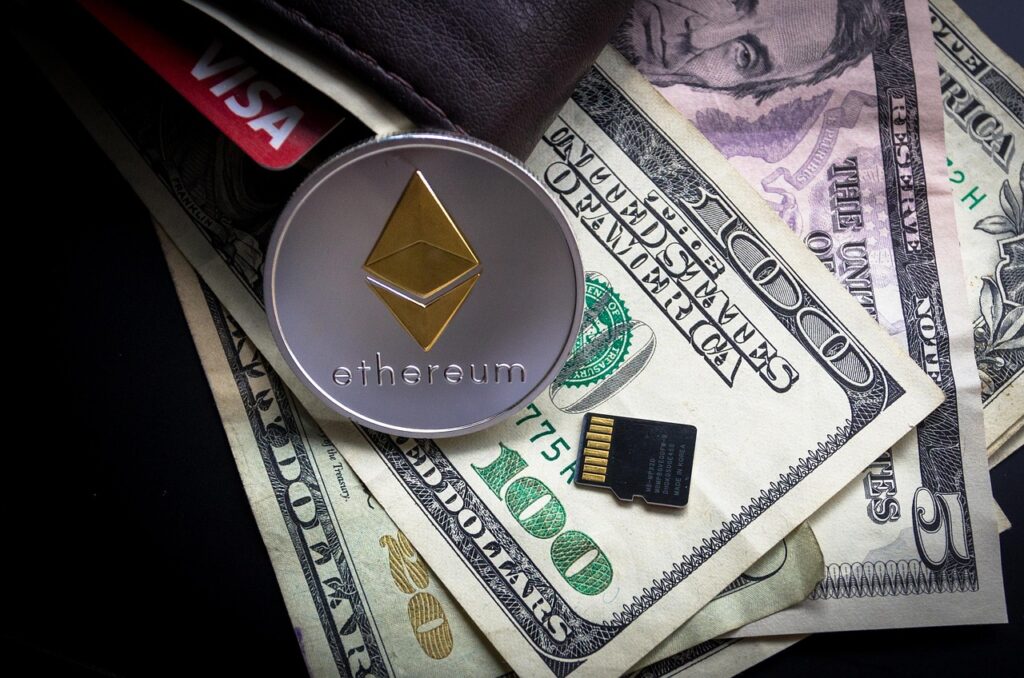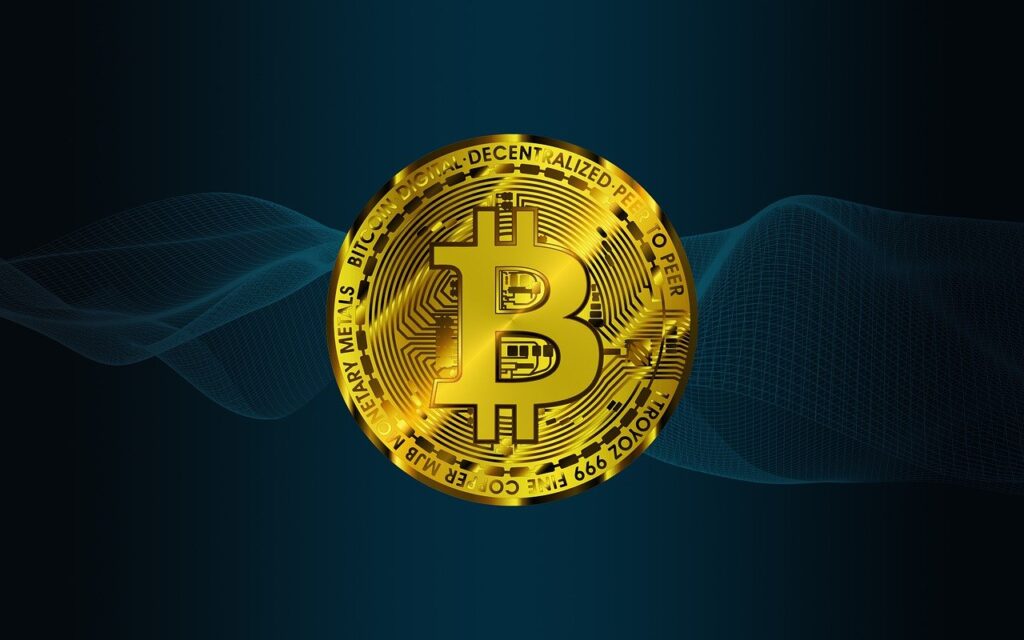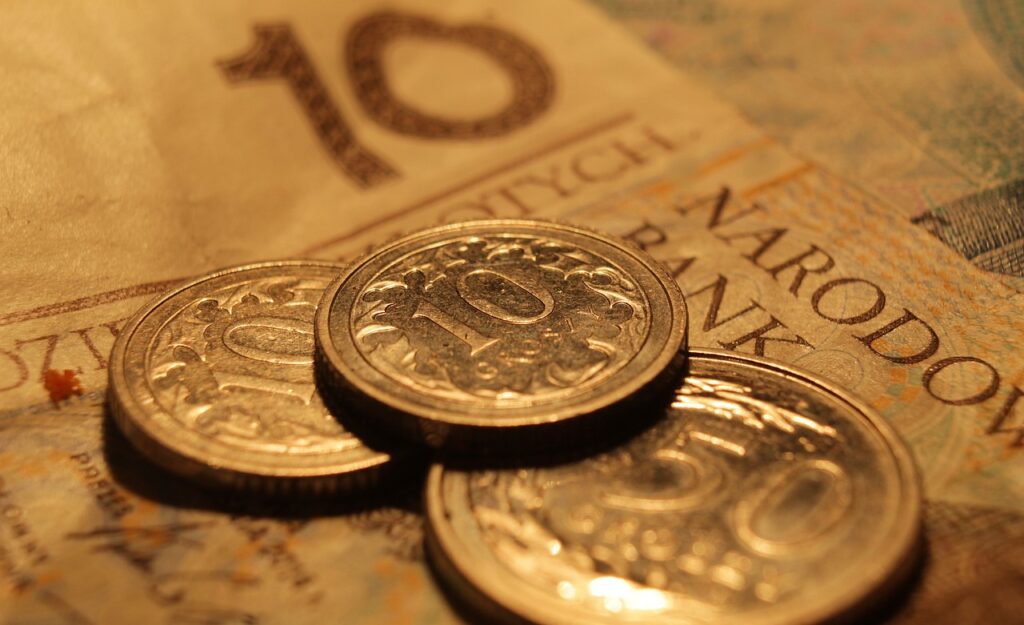I’ve spent enough time in the crypto space to witness the eyerolls at family get-togethers when Bitcoin gets brought up. “Internet money,” my uncle says. But what most people don’t know is that this “internet money” has a rich, messy, and frankly intriguing history that predates anyone making money off of it.
I dug through the archives to tell you the story of Bitcoin and how it went from an obscure internet experiment to the headline financial beast it is today. So, grab a coffee, this could take a minute.
Table of Contents
- 1 Before Bitcoin Was Cool (1983-2007)
- 2 Birth of Bitcoin (2008-2009)
- 3 Just days later:
- 4 The “This Can’t be Real?” Phase (2010-2011)
- 5 Growing Pains (2012-2013)
- 6 Identity Crisis (2014-2016)
- 7 To The Moon (2017-2018)
- 8 The Comeback (2019-2020)
- 9 The Year Everyone Noticed (2021-2022)
- 10 The Phoenix Rises Again (2023)
- 11 The ETF Tsunami (Early 2024)
- 12 The Fourth Halving and Fed Pivot (Mid 2024)
- 13 The Trump Trade (Late 2024)
- 14 The New Normal (Early 2025)
- 15 What Is Bitcoin Price?
Before Bitcoin Was Cool (1983-2007)
Believe it or not, Bitcoin didn’t just pop up in 2008 (somehow), and there are many a newcomer who believes it did. For decades, nerds in cryptography (and I mean that in the most affectionate, personal way) were laying the groundwork:
- You already know, David Chaum and Stefan Brandt were already experimenting with electronic cash protocols in 1983 while the rest of us were still listening to cassette tapes.
- In 1997, Adam Back created something called HashCash using “proof-of-work” – originally just to combat email spam, can you believe that?
- In 1998, a chap named Wei Dai described something called “B-money,” which was never realized but had an uncanny resemblance to what would later become Bitcoin.
None of this stuff went mainstream, but they were super important building blocks for Bitcoin. I guess you need to learn how to crawl before you learn to run.
Birth of Bitcoin (2008-2009)
The year 2008 dawned with the collapse of banks, the housing market in shambles, and with trust in financial institutions at an all-time low. Perfect timing for a financial-revolution concept, I say.
That is when Satoshi Nakamoto entered the picture. The name has since given way to numerous conspiracies with explanations based on wild guesses. Here’s what happened:
- August 18, 2008: The domain name bitcoin.org was registered by somebody posing as Satoshi Nakamoto.
- October 31, 2008: And just on Halloween, Nakamoto releases the nine-page white paper “Bitcoin: A Peer-to-Peer Electronic Cash System” to a cryptography mailing list.
- January 3, 2009: With the onset of 2009, the first Bitcoin block (called the genesis block) was mined, and Satoshi was credited with 50 BTC.
And here is the intriguing part: Satoshi embedded a hidden message in the very first block: “Chancellor on brink of second bailout for banks” (a headline from that day’s Times newspaper). He was very clear and loud about his disdain for the banking system.
Just days later:
- January 12, 2009: The first real Bitcoin transaction took place when Satoshi sent 10 BTC to Hal Finney, a crypto pioneer who had established the second node on the network
- October 5, 2009: The first exchange rate gets set- $1 for 1,309 BTC.
Think about it. One. Dollar. For over a thousand bitcoins. I still wake up in cold sweats thinking about this.
The “This Can’t be Real?” Phase (2010-2011)
By this stage, Bitcoin was practically a toy for computer geeks. Then came one of the most expensive meals in human history:
- May 22, 2010: A programmer (named Laszlo Hanyecz) takes down 10,000 BTC for two pizzas from Papa John’s. We celebrate this as “Bitcoin Pizza Day” now, but seriously – How did Laszlo enjoy those pizzas knowing those coins are worth hundreds of millions today? Better have had extra toppings.
What is often forgotten is that Laszlo wasn’t just some random pizza lover. He built the software that allowed GPU mining to happen, which sped up the network significantly. This dude was a genius who just happened to be hungry.
Then everything started to get a little hairy:
- August 2010: Nightmare bug creates a transaction for 184 BILLION Bitcoin (crazy cause there can only ever be 21 million). Developers went into panic mode and released an emergency update.
- February 2011: Silk Road launches. I mean, let’s be real, this dark web marketplace provided Bitcoin’s first actual use case, but it also branded Bitcoin as “criminal money” for years to come.
- 2011: Bitcoin hits $1, which at the time felt miraculous
- Mid-2011: Time magazine publishes an article saying this weird internet money might work to challenge governments and banks
- Late 2011: Satoshi sends a final “I’m out” email and fades into internet mythology
- 2011: Bitcoin plows through $10
- 2011: First “oh crap” moment for early adopters as someone has 25,000 BTC stolen. Welcome to the wild west.
- November 2011: Litecoin launches as Bitcoin’s first serious competitor
Growing Pains (2012-2013)
By 2012, the crypto scene was starting to take shape:
- December 2011: Launch of Bitcoin Magazine, co-founded by a teenage Vitalik Buterin (who would later create Ethereum – but that’s another story).
- November 2012: The first “halving” event basically made the mining rewards fall from 50 to 25 BTC.
- March 2013: Remember that time a technical glitch caused a split in the blockchain (“fork”)? Early reminder that this technology was still held together with digital duct tape.
- March 2013: Bitcoin crossing the $1 billion market cap mark starts getting the mainstream financial media interested. October 2013: Baidu, a Chinese tech giant, starts accepting bitcoins (spoiler: this relationship status will remain “complicated” for years).
- October 2013: The first Bitcoin ATM appeared in Vancouver. The novelty of using it has seen crowds line up.
- October 2013: Silk Road shutdown by the FBI, Bitcoin crashes… Well, for a little while. November 2013: Price rockets past $1,000. Early adopters buy Lambos.
- Late 2013: China starts its love-hate relationship with crypto by issuing a ban on financial institutions from touching it.
- December 2013: An intoxicated forum user accidentally types HODL instead of HOLD in a rant about not selling during a crash. One meme was born, for the next decade to dominate crypto culture.
Identity Crisis (2014-2016)
- 2014: Newsweek releases a horrendous cover feature declaring they have got to the bottom of Satoshi Nakamoto, finding him in a random retired engineer named Dorian Nakamoto, who had no understanding of what Bitcoin was. The real Satoshi emerged from hiding long enough to write: “I am not Dorian Nakamoto,” and then disappeared again.
- June 2014: A mining pool called GHash.io comes close to controlling 55% of Bitcoin’s computing power – thereby undermining the entire concept of decentralization altogether. After the community freaks out, GHash voluntarily backs down.
- October 2014: Microsoft starts accepting Bitcoin, legitimizing it as an official corporate currency.
- October 2014: Hal Finney, the recipient of the first Bitcoin transaction and suspected by some as Satoshi himself, dies of ALS.
- 2015-16: The “boring years”, Price feels stagnant; Price is stuck fluctuating between $200-$800, and all the craziness seems to have passed, the media loses interest, but developers continue to build.
To The Moon (2017-2018)
In 2017, the liquidity conditions for Bitcoin were perfect:
- Technical enhancements like SegWit and Lightning Network are addressing the scaling issues with Bitcoin
- Many groups unhappy with Bitcoin’s direction create alternate versions (forks) like Bitcoin Cash and Bitcoin Gold
- Bitcoin rises from $1,000 to almost $20,000 in a single year
- My dentist, Uber driver, and second cousin twice removed all of a sudden become experts in crypto
- December 2017: Wall Street enters the scene with Bitcoin futures
- January 2018: the party ends, prices crash, crypto winter begins
- December 2018: Bitcoin bottoms out around $3,200. “I told you so,” emails from non-crypto friends hit an all-time high.
The Comeback (2019-2020)
Despite the crash, the technology continued to develop:
- 2019: Someone transfers almost $1 billion worth of Bitcoin, with a fee of $3.90. Good luck doing that with a bank wire.
- 2020: Cambridge University research finds that Bitcoin has over 100 million users worldwide.
- 2020: Craig Wright contends that he is Satoshi Nakamoto and sues exchanges; most of the community is doubtful.
- 2020: Fortune magazine calls Bitcoin one of the greatest projects of our time.
- December 2020: Bitcoin rises to $29,000, setting everything up for what was to come.
The Year Everyone Noticed (2021-2022)
Bitcoin truly went mainstream during the following months:
- January 2021: Bitcoin surges past $40,000.
- February 2021: Elon Musk advertises the purchase of $1.5 billion worth of Bitcoin by Tesla and claims that it will accept Bitcoins for car purchases (Elon later turned on his heel, only to hint at accepting again).
- April 2021: Coinbase went public; studies showed crypto market cap had momentarily even surpassed that of the U.S. banking system.
- April 2021: Bitcoin attains price levels over $64,000, with early HODLers going into retirement.
- June 2021: El Salvador declared Bitcoin as legal tender; an entire country has adopted this coin, whether for good or for bad!
- September 2021: China pulls the hammer down and bans ALL crypto activity. Miners shut down operations and moved to Texas, Kazakhstan, and so on.
- In 2022, the market came tumbling down in the face of global economic uncertainty, and Bitcoin retraced down to $26,000.
The Phoenix Rises Again (2023)
If 2022 was the year to rest after, 2023 ushered in the turn-of-the-century comeback show for Bitcoin. What came after FTX and the harsh crypto winter was never supposed to happen except for those die-hard maximalists.
Bitcoin had staggered into 2023 at some $16,530. Remember all the “Bitcoin is dead” headlines? I will keep a few just for laughs. They were writing its obituary; critics were dancing on what they thought was the coffin of crypto, and even some long-time believers were having second thoughts.
But here lies the issue with Bitcoin: it seems to survive by being underestimated.
People started remembering why Satoshi created this thing when the banking mini-crisis unfolded with Silicon Valley Bank and its ilk crashing down. The narrative slowly moved from “cute internet experiment” back to “maybe we do need an alternative to a financial system?”
Steady month-by-month appreciation was afforded to Bitcoin. No parabolic moves, just a slow, steady drift higher as institutional money crept back in. Bitcoin closed at $42,258 in December, making for a 155% increase through the year. Something “supposedly dead” gained almost lightning-fast popularity, eh?
Those who bought through thick and thin in 2022 during the crazy times were proved right. Again. One would think this cycle has become predictable, yet they keep missing it.
The ETF Tsunami (Early 2024)
January 2024 was the month that changed everything. After years of the SEC standing in the way with rejections, delays, and foot-dragging, the SEC was forced to reflect on its position regarding Bitcoin Spot ETFs due to a court order. And then it happened — approval.
This wasn’t another headline; this was Bitcoin finally receiving the legitimization it had been searching for. All of a sudden, traditional financial advisors could recommend Bitcoin to their clients. People could hold Bitcoin in retirement accounts. Wall Street was officially in the game.
It was incredible witnessing the market dynamics play out. There were funds like Grayscale’s Bitcoin Trust (GBTC) that saw significant outflows as investors sold their shares and moved their capital to lower-cost products. At the same time, billions of dollars came in from new ETFs from BlackRock, Fidelity, and others. I remember the volume on the trading screens one week into ETF approval: “This is happening.”
By late February, Bitcoin raced through $60,000 and on March 8th, hit a new all-time high of $70,184. Just a week and a half later, on March 1st, Bitcoin climbed even further to reach $73,835 on Coinbase.
My neighbour, who had laughed at my “internet money obsession” for years, suddenly wanted to know how to buy some. Classic top signal? Not this time.
The Fourth Halving and Fed Pivot (Mid 2024)
April 19, 2024, was Bitcoin’s fourth halving; that programmed economic phenomenon that sees mining rewards halved in conditioning. Therefore, the block reward went down from 6.25 BTC to 3.125 BTC (a quick correction to the source data, which mentioned it had been 3.25).
This halving was peculiar as it did not see an immediate price explosion. Bitcoin closed at $63,821 on the halving day, but the fireworks were yet to come.
The real macro picture shifted on the 18th of September when the Federal Reserve finally, FINALLY cut down its interest rates for the first time since the pandemic. The target federal funds rate was lowered to 4.75%-5%, with such an almost instant warming up of the money printer.
Conversely, Bitcoin, partly due to increased market correlation, acted exactly as one would have expected. A shock price action saw it shoot from $60,000 to $64,000 in that very short span of 48 hours. Those who had been stacking sats through the entire year were smiling; no one knew what was coming next.
The Trump Trade (Late 2024)
Regardless of your opinion about him, the victorious Trump was the rocket that soared Bitcoin to new heights. His campaign had promised to dismiss SEC Chairman Gary Gensler (not exactly crypto-friendly), establish America as “the crypto capital of the world,” and even form a “Strategic Bitcoin Reserve.” This promise sent the market into complete euphoria.
Bitcoin made its all-time high of $76,999 on November 7, after the election of Trump. November 10: Crypto.com crosses $80,000 ($80,152.38). November 13: Bitcoin breaks $91,000 on Coinbase
It all came so fast. I got price alerts on my phone every single day. Reddit and Twitter were exploding. The mainstream financial media just couldn’t seem to get enough of it.
And then, on the 22nd of November, the unthinkable happened – Bitcoin was within touching distance of the mythical $100,000 mark, touching $99,637 on Oanda, $99,543 on Coinbase, and $99,555 on Gemini.
Around 3 p.m. ET, Bitcoin managed to conquer the $100,000 barrier for the first time ever on European exchange Whitebit before it closed down at $99,513.13.
I have a screenshot of that moment framed on the wall of my office. To everybody who had been there since the early days, seeing that six-figure number was more than just money — it was validation of a technological revolution we had believed in while everyone said we were crazy.
The New Normal (Early 2025)
While there was still madness in November, January 2025 felt almost calm in comparison. However, for a few weeks, Bitcoin seemed destined to move sideways, even after MicroStrategy announced yet another gargantuan $1.1 billion purchase on January 21st.
Briefly, on that day, Bitcoin was seen on Whitebit at $109,993 before being put down at $106,749 levels on the next day. The market reaction was almost negligible, indicating that there was a six-figure bitcoin price normalization. Let that sink in. NORMALIZATION.
Remember Bitcoin at $100 was insane? At $1,000, it seemed unattainable. Then $10,000: Who could imagine it? Now we were tossing around whether $200,000 was a reasonable number to achieve by year’s end.
What a journey it has been! From being this half-baked anonymous white paper to a trillion-dollar asset class, from being called “magic internet money” to being discussed in presidential campaigns, from being on the fringes of the internet to being discussed in the boardrooms of the world’s largest financial institutions.
Now, I don’t know where Bitcoin will go next. No one knows-despite what those YouTube thumbnails with shocked faces and price predictions might have you think. But one thing I know: Bitcoin is not just surviving but thriving. And for someone who has been on this insane ride since the nascent days, that is more than enough.
What Is Bitcoin Price?
Having dived into the history of Bitcoin, I still find it difficult to explain in layman’s terms. Might it be digital gold? A speculative asset? A genuine alternative to fiat currencies? The future of money? Or just the most sophisticated bubble in the world?
The truth is probably somewhere between all of these. Bitcoin, by its nature, is contradictory, proclaiming it as a revolutionary invention, yet it has been overhyped; many acknowledge it is a technical brilliance, yet it hard divides the social sphere. Whereas it goes through periods of harsh volatility, ebbing and flowing, the beauty of Bitcoin lies in its unparalleled resilience across vast timelines.
The biggest spark for me is that we are still at the dawn of this story. Whether Bitcoin will or won’t succeed in the far future is too distant to tell, but unmistakably, it has already etched itself into history as the precursor to an entire technological movement.
I truly cannot say what the next years’ worth of Bitcoin will be, and anyone who has the guts to do so is probably saying this as a means to sell you something. What I can say is that this technology is here to stay for a long time, and its story will not die right away.

